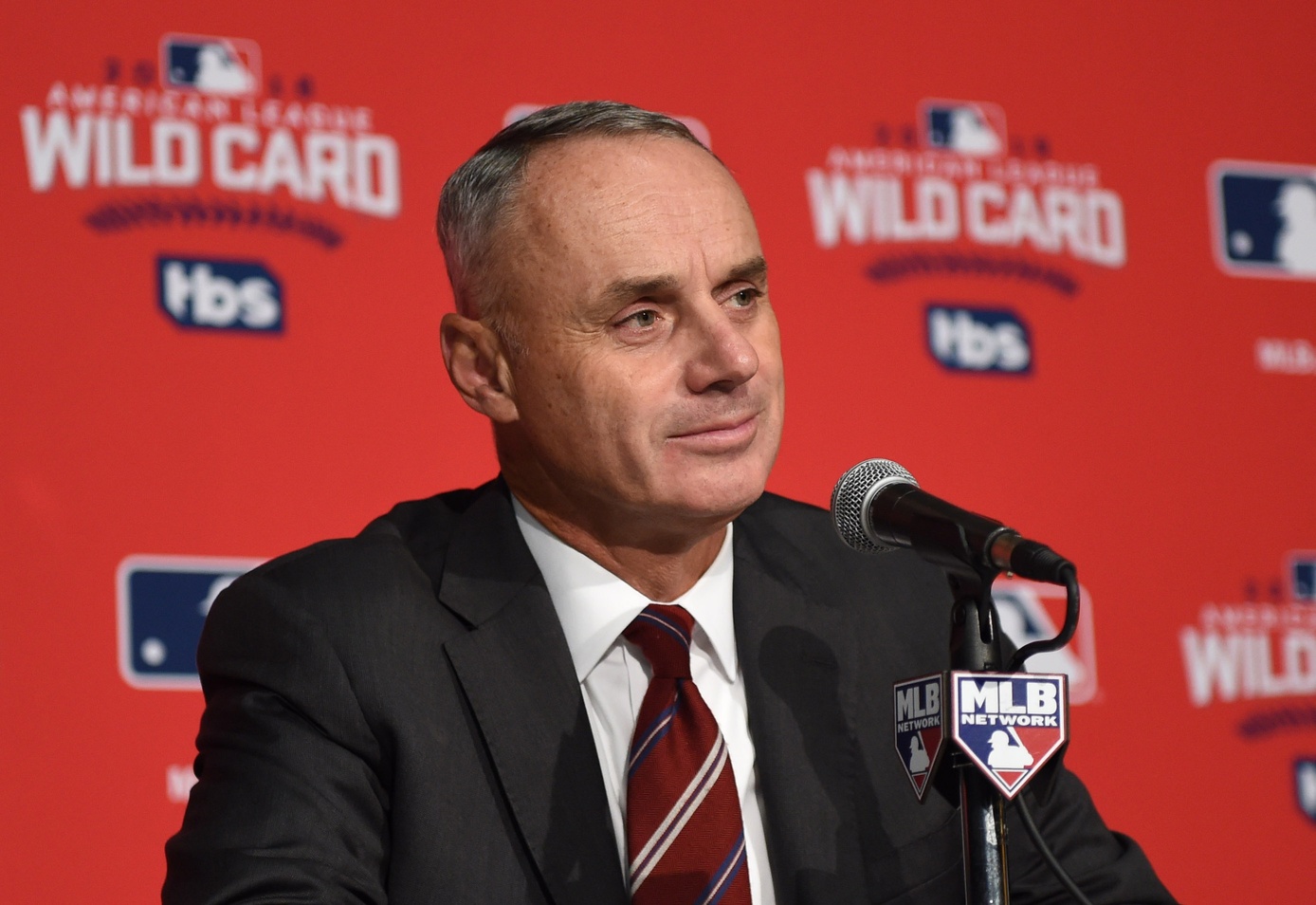Reports that a new Collective Bargaining Agreement was reached Wednesday night are great, because it means the White Sox can finally get down to the happy business of trading Chris Sale for 19-year-olds. Numerous, brilliant, skinny 19-year-olds. Let the celebration begin.
But! There could be still be other benefits for the White Sox as well. Hardcore luxury taxes for teams entering $200 million payroll territory could certainly help to trim the gap between the White Sox and the super rich, but let’s focus on something more specific.
Sources say every team will have a total bonus pool of about $5 million to sign foreign-born amateur players. And they can’t exceed that cap
— Jayson Stark (@jaysonst) December 1, 2016
Only five years ago, the White Sox were regularly getting blown away by the rest of the league in terms of spending in the First-Year Player Draft. They made a regular practice of adhering to slot recommendations for spending that nearly every other team ignored and wildly exceeded, and in turn the Sox were lapped the in the pursuit of elite amateur talent. With the last CBA that took effect in 2012, recommended slots were replaced with bonus pools with strict penalties attached for excess spenders. Everyone was restrained in the same system, and the White Sox staying within their assigned spending limits was now enough to land elite prospects at the top of the draft like Carlos Rodon. They could play by the rules, enter the draft with a hard limit on how much they will spend, and still compete. It was bad news for talented amateurs who could once negotiate their value in a relatively free market, but excellent news for the White Sox.
Take that little bit of franchise and league history and slap an international focus onto it. Right now and until the new conditions of the CBA take effect, a sliding scale bonus pool is allotted to teams to spend on the international amateur market everywhere, but without a draft order, or any associated value for each pick that would come with it. It’s a free market with an artificially suppressed budget (even the biggest pool allotment for this year is only $5.6 million) and disparate levels of scouting of a huge, international pool of prospects from team-to-team. What if a single organization has an inside track on two or three or more high-level multi-million prospects during a single year?
Well, the answer to that has often been that teams have decided to completely nuke their bonus limits to hell, and tear off on massive single-season spending sprees, injecting a huge supply of international amateur talent into their system at once and resolving to simply deal with the penalties and restrictions that come with it. Five teams exceeded their bonus pool limits in 2015-2016, and another five were on restrictions from exceeding it the previous year.
Where has that left the rule-abiding White Sox? They have dutifully spent near their full annual allotment with consistency, but even if you question the logic of vacillating between huge talent injections and penalty-restricted quiet periods on the international market, competing for top talent when five teams per season are spending with virtually no limits–The Cubs spent over $15 million internationally without even including Cuban signees–is undoubtedly perilous. Having the same amount of money as everyone else won’t immediately fix the Sox still-improving international scouting operation and equalize things like the draft spending cap did, but the phrase “a fighting chance” comes to mind. Even if the Sox cannot dominate, at least there is a smaller avenue for them to be dominated.
Through this framing, there is reason for partisan happiness at the new CBA, but as an observer of the league at large, the imposition of an arbitrary spending limit–and a very low limit at that–on Latin American 16-year-olds is a pretty grim development. Especially considering that said 16-year-olds, often struggling under intense poverty, had no seat at the bargaining table and only saw their career prospects dim as a result of this agreement.
There’s a temptation here to blame this on Jerry Reinsdorf, as this being the product of his attempts to shape the entire league to match his way of doing business. It cannot be wholly dismissed; he’s still a highly influential team owner and the way spending on amateur talent has been capped in way that matches the White Sox modus operandi is certainly quite the coincidence. But above all, the goal of this new CBA was to reduce spending across the board, and if you think Reinsdorf had to rally other owners to this cause, I envy your naivete.
Lead Image Credit: Nick Turchlaro // USA Today Sports Images
